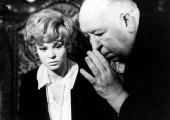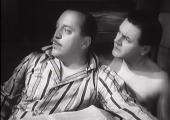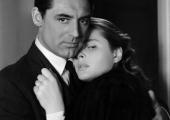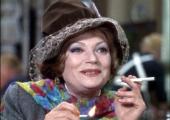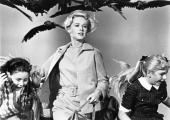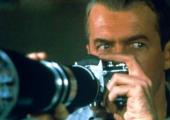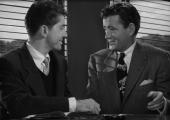DVD: A Woman Under the Influence

Gena Rowlands shines in a classic of domestic agony from John Cassavetes
Described by Peter Falk as, “a love story between a woman who’s half wacky and a guy who’s inarticulate”, John Cassavetes’ seventh feature from 1974 is without doubt one of his finest achievements. It’s one of several collaborations between Cassavetes and his actor wife Gena Rowlands, here giving a performance of show-stopping complexity.

